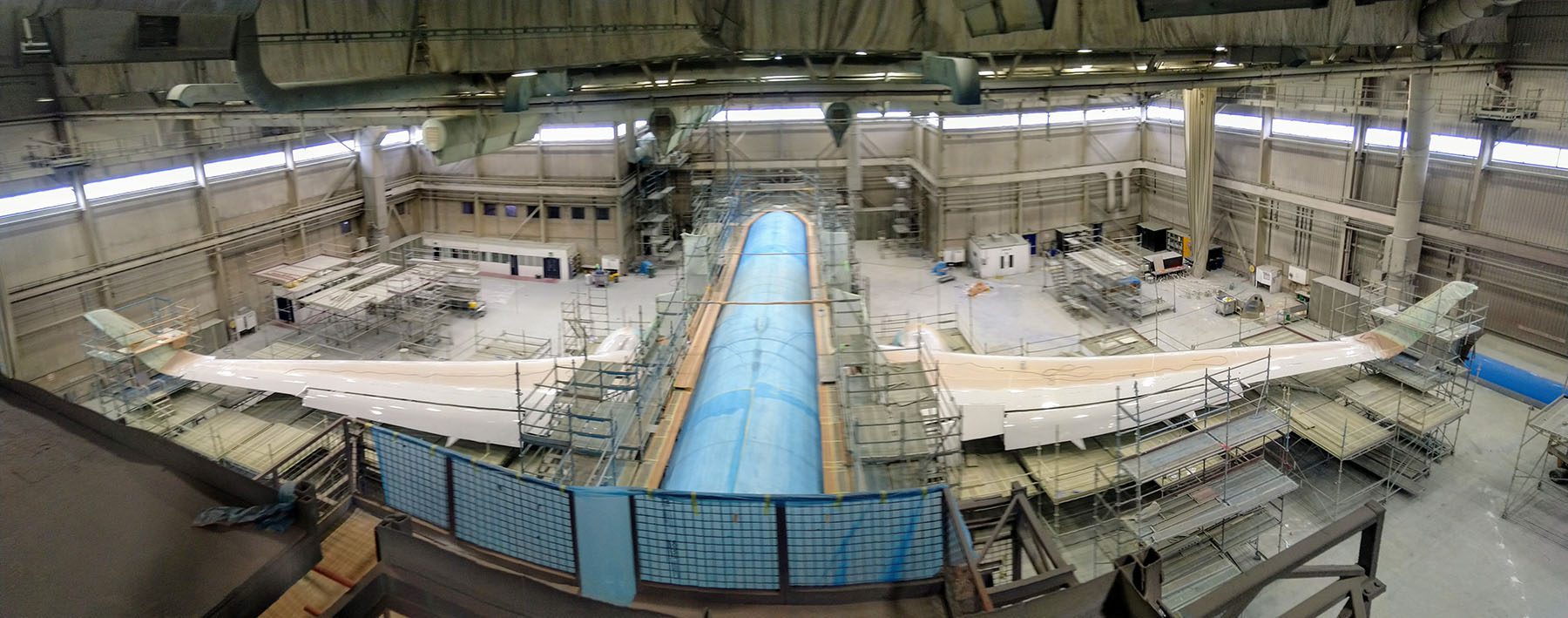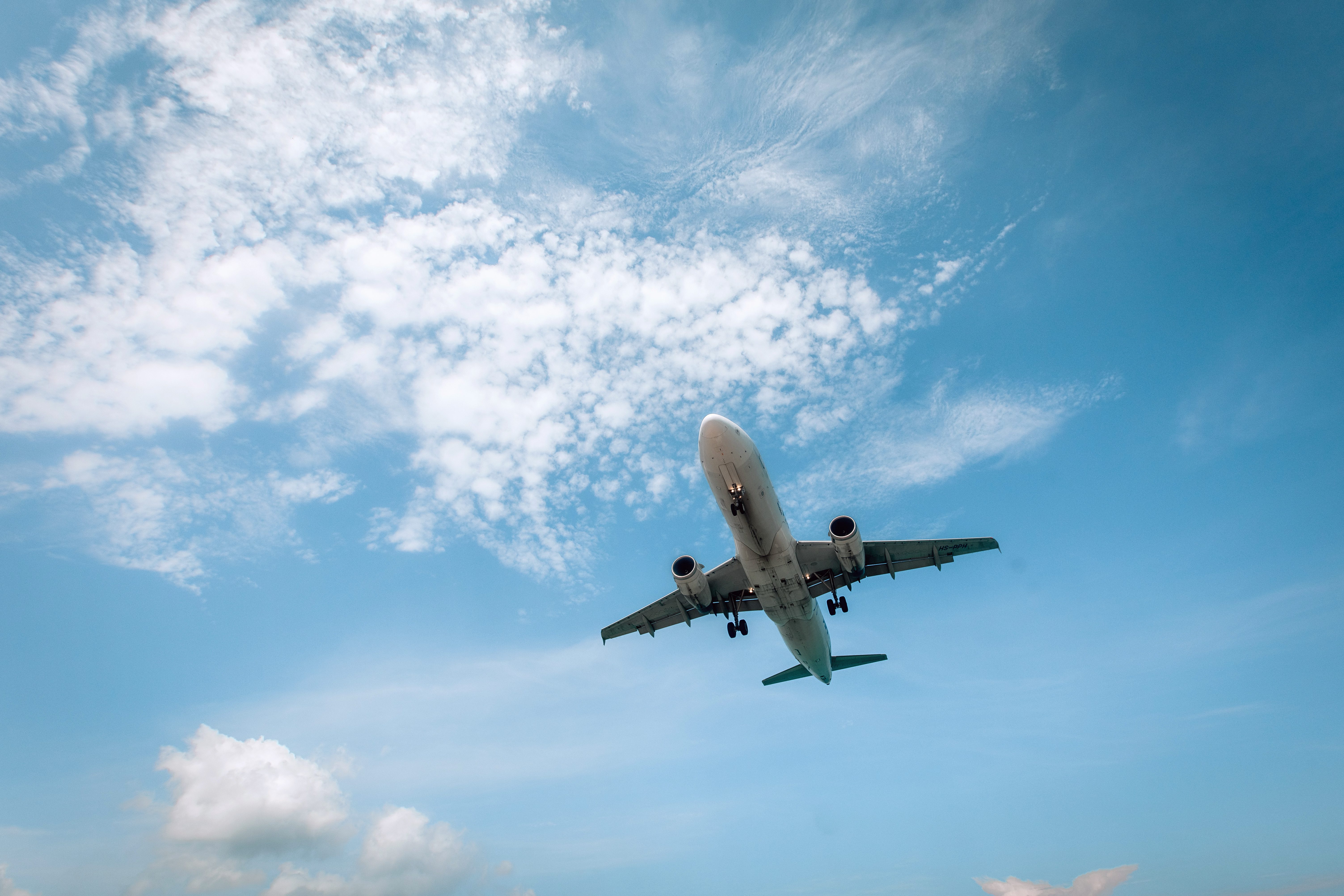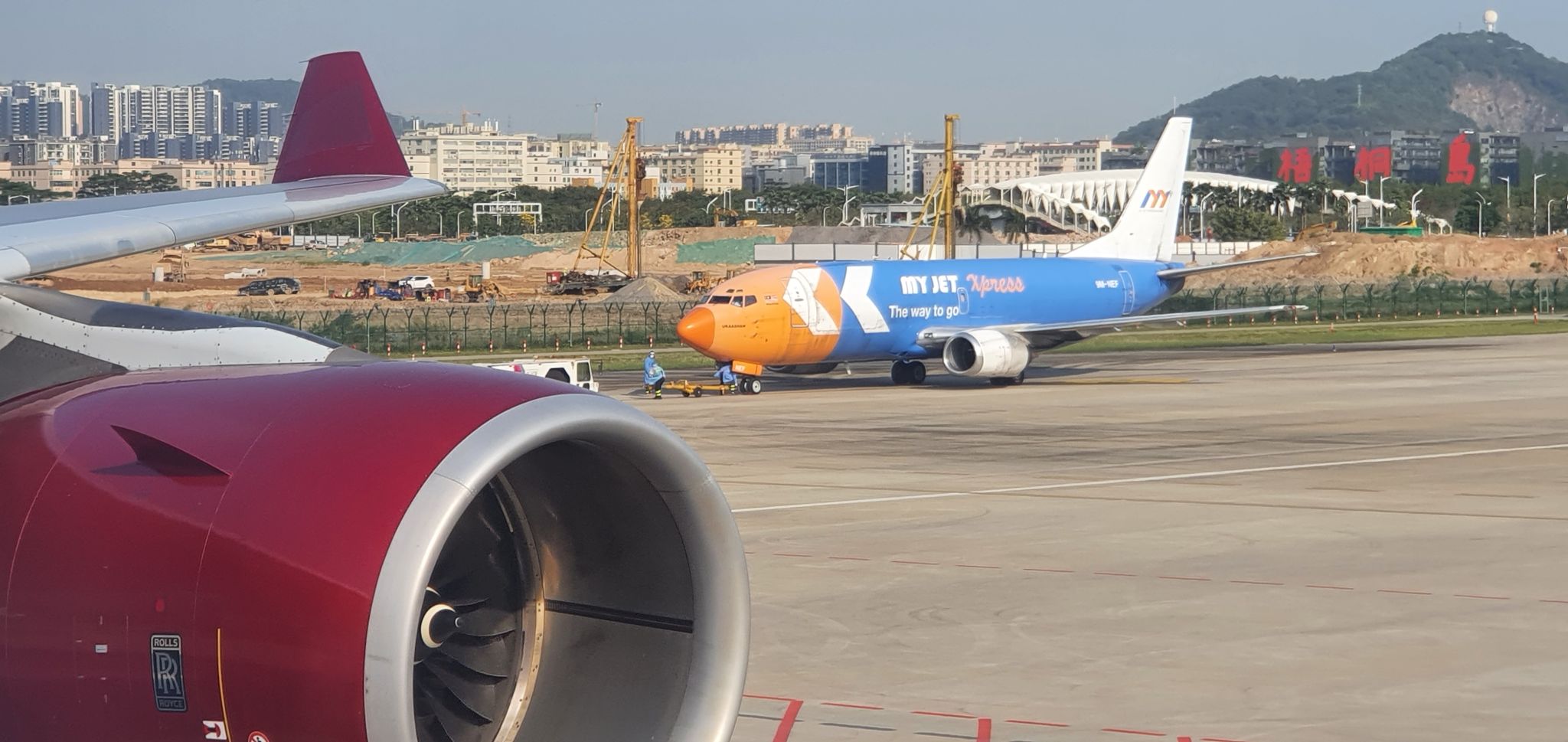Aircraft lease returns are a critical juncture in the lifecycle of an aircraft, demanding meticulous attention to detail and a thorough understanding of lease agreements. While the goal is a seamless transition, several recurring issues can disrupt this process, leading to disputes, delays, and unforeseen costs. By understanding these common pitfalls and implementing proactive strategies, both lessors and lessees can ensure smoother transitions and protect their interests.
For operation maintaining airworthiness is paramount, but this does not mean lease compliance and any discrepancies in this area can be a major source of contention. Key challenges include:
- Record-Keeping Deficiencies: Incomplete or inaccurate maintenance records are a frequent issue. Missing logbook entries, undocumented repairs, or discrepancies between physical condition and recorded data can raise concerns about airworthiness and compliance with the lease agreement. Remember that compliance with airworthiness is not the same as the lease conditions, compliant records for airworthiness does not mean compliant records for lease return!
- LLP and HT Item Management: Life Limited Parts (LLPs) and Hard Time (HT) items require strict adherence to maintenance schedules, but often have an underlaying more restrictive condition relating to the lease conditions. Failure to track and manage these components can lead to components remaining airworthy, but not being accepted at lease return.
- Beyond Airworthiness: Physical Condition and Configuration:
While airworthiness is fundamental, lease returns also involve scrutiny of the aircraft’s physical condition and configuration. Common issues include:




